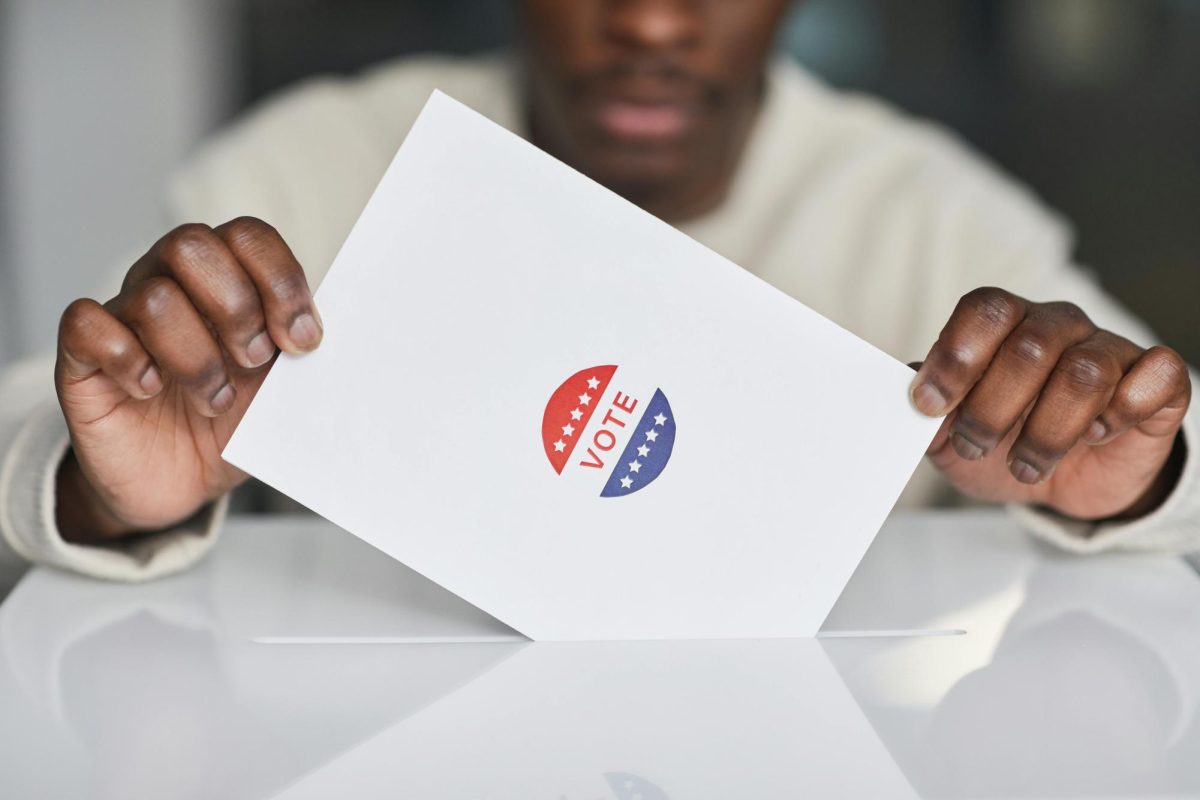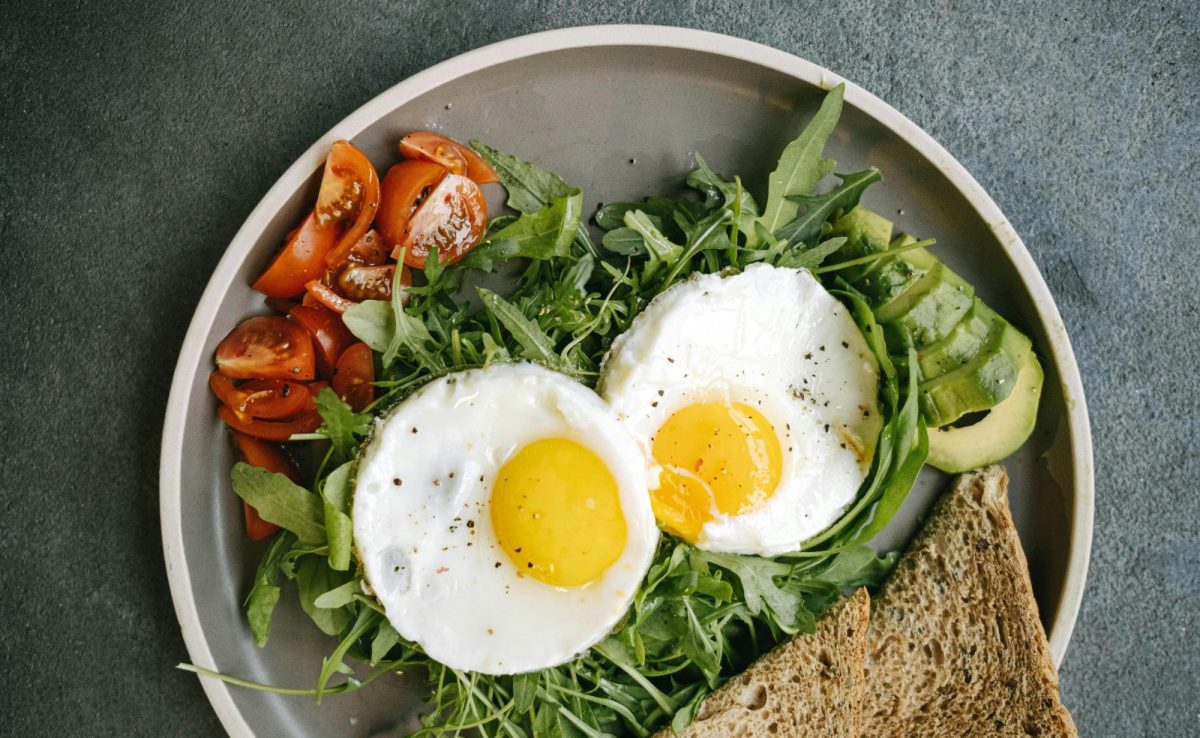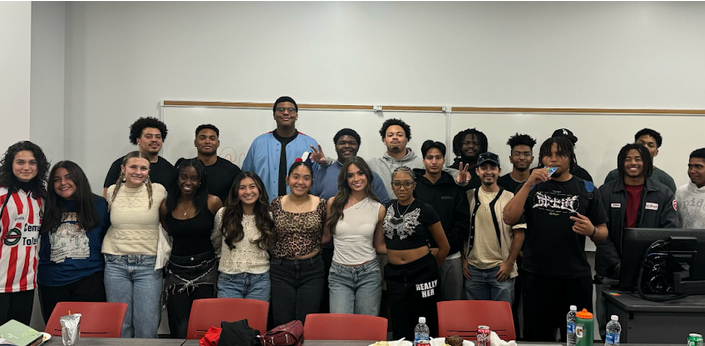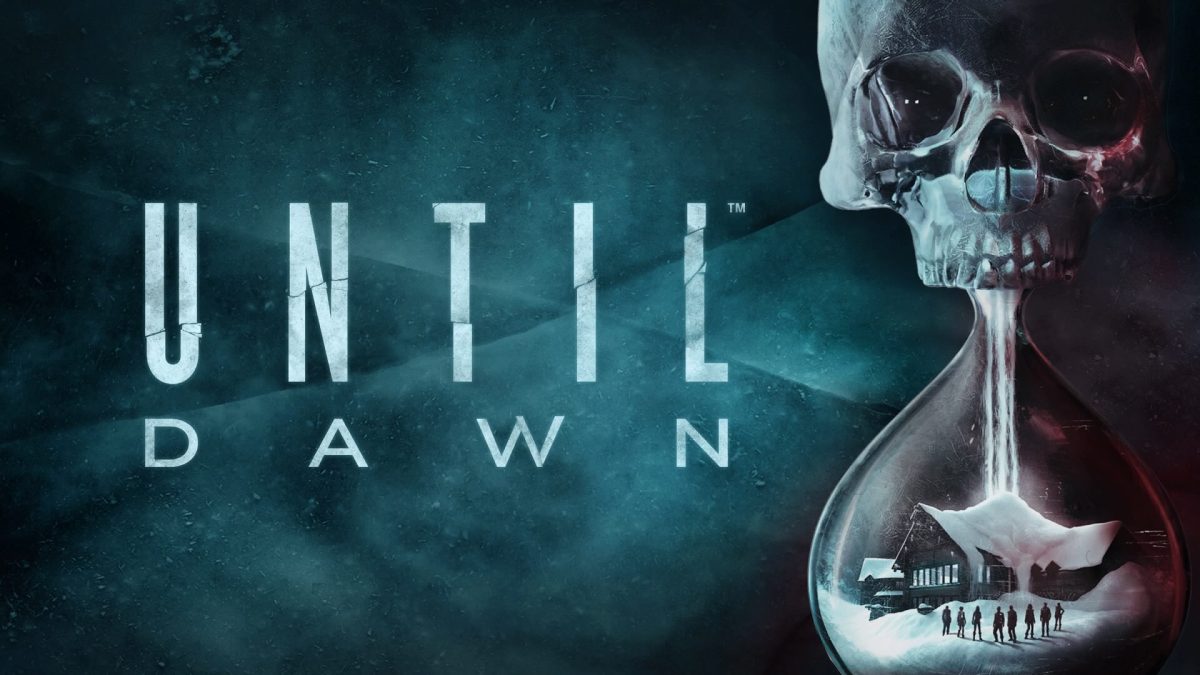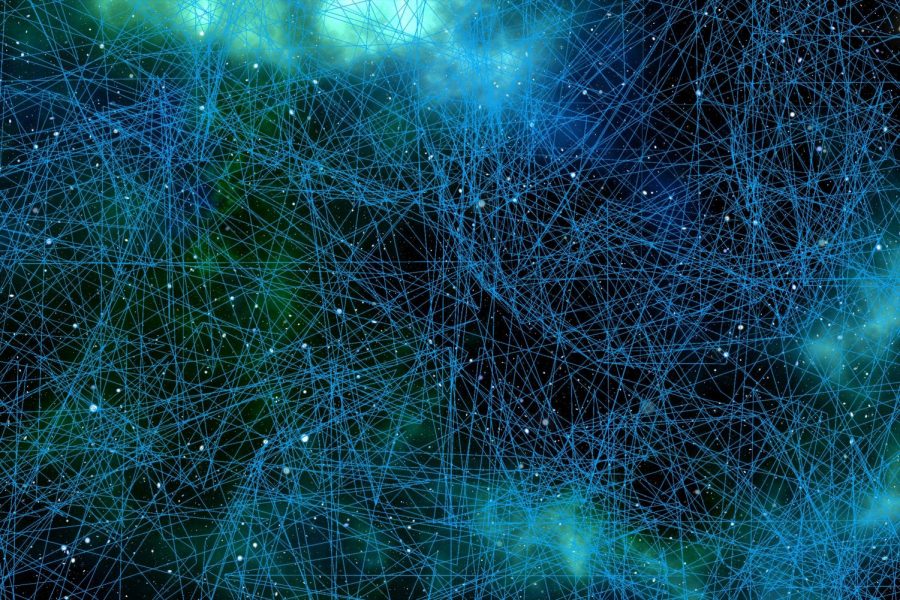From 1999 to 2001, we saw three of the most revered retro fighting games come out one year at a time. They were all entirely by video game company Capcom: Street Fighter III Third Strike, Marvel Vs. Capcom 2, and Capcom VS. SNK 2. These games came out first on the Dreamcast after leaving the arcades but would later land on other platforms such as the PlayStation 2, Gamecube, and Original Xbox.
But today, we are discussing Capcom VS SNK 2. Capcom vs SNK 2 is a crossover primarily between characters from the Street Fighter Fighting Game Series by Capcom and the King of Fighters Fighting Game series by SNK. A collection containing Capcom vs. SNK 2 and its update, Capcom vs. SNK 2 EO, is on its way to release on the same platforms in 2025 with online play in the Capcom Fighting Collection 2.
The game is famous and well regarded for not only its stellar character cast, great music, and upbeat celebratory atmosphere, but also its gameplay mechanics. Players would get to choose their gameplay mechanics out of 6 entirely unique sets called “Grooves,” each based on a specific game from each of the companies. Today, we will be looking back on Capcom vs SNK 2 and will be discussing why it is so great.

Basic Gameplay
Capcom vs.SNK 2 is a 2D fighting game where you and another player pick a “Groove,” a set of unique mechanics you can use. You can also pick 1 to 3 characters, all of which have different Normal Moves (generic moves achieved by simply pressing a button that often doesn’t have special properties), special moves (Moves that often have special properties or a special purpose, such as being a projectile or being invincible), and super moves (Powered up moves that use up a special “Super Gauge” resource).
Before starting the round, you can choose the order you play your three characters. You can use a “Ratio” system to make one character more powerful than the other(s) depending on how many characters are picked,.The fewer characters you have, the more powerful each individual one will be, depending on how you set your ratio.
Once you start the match, you and your opponent move on a 2D plane and use your character’s strengths and strategies to damage your opponent. Some characters can easily switch between strategies, such as Ryu and Rock, who have a “Jack of All Trades, Master of None” style moveset. Some are geared mostly to more specific strategies, such as Athena and Dhalsim who prefer to play at a long range.

Aesthetics
Capcom vs SNK 2 uses a vibrant 2.5D style, combining 2D-pixel artwork for the characters you play on screen with fully 3D backgrounds. Unfortunately, while a few Capcom characters and all characters from the SNK side were given completely original pixel artwork, pixel art from previous games was reused where applicable.
This results in some old sprites for characters, such as Morrigan, clashing with the other characters aesthetically. The User Interface is not as aesthetically interesting as the first Capcom vs SNK, which had a much more stylish UI and Character Select Screen.
However, in the game, many of the stages you play on give a sense of a grand, vibrant and a fun celebratory nature to the game, especially paired with the stellar upbeat music. Many characters who did not make it in as playable appear in the backgrounds of the stages, such as Elena from Street Fighter 3 and Billy Kane from Fatal Fury appearing in the background of the London stage.
Many stages contain cool dynamic elements that make them feel alive, such as a car flying off a dune and over the players in the Nairobi stage or a cargo ship with a camera crew swooping in behind you and unloading right next to the players on the Barentsburg stage.
Even the character artwork celebrates the history of the games, as there are two different artworks for each character that appear in the health bar icons and character select screen depending on whether you choose a groove based on a Capcom game or an SNK game.
The artwork for the Capcom grooves was drawn by Kinu Nishimura, a character designer at Capcom. The artwork for the SNK grooves was drawn by Shinkiro, an artist who primarily worked with SNK to create promotional artwork before later working with Capcom.
Overall, all the aesthetic elements showcase the developers’ excitement and love for this project. These elements of excitement and fanservice were most likely very pleasing to long-time fans of both Street Fighter and King of Fighters.
Personally, the aesthetics are still striking and breathtaking, even though the game was originally released on an arcade board based on Dreamcast hardware more than twenty years ago.

Character Cast
Capcom vs. SNK has a whopping 48 characters to pick from, with each of the mainstays from Street Fighter and King of Fighters. The Street Fighter Side has Ryu, Ken, Chun Li, Akuma, Cammy, Sakura, Sagat, Blanka, Zangief, Dhalsim, E. Honda, Dan, Balrog, M.Bison, Vega, and Guile. While the King of Fighters side has Kyo, Terry, Iori, Mai, Benimaru, Yuri, King, Kim, Ryo, Athena, Joe, Chang, and Rugal.
The extra cast members round out the representation by providing characters representing other fighting game franchises or previous fighting game entries between Capcom and SNK. For example, for Capcom Games, Kyosuke represents Rival Schools, Morrigan represents Darkstalkers, Maki and Rolento represent Final Fight, Yun Represents Street Fighter III, and Eagle represents the first Street Fighter.
For SNK games, Haohmaru and Nakoruru represent Samurai Shodown, Ryuhaku Todoh represents Art of Fighting, Hibiki represents the Last Blade, Raiden, Yamazaki, and Geese represent Fatal Fury, and Rock represents Garou: Mark of the Wolves. There are also four console-exclusive boss characters, which are evil or powered-up versions of characters: Evil Ryu, Orochi Iori, Shin Akuma, and Ultimate Rugal.
It’s also interesting to mention that Vice, a character that’s supposed to be a part of a pair of characters in the King of Fighters series, made it in by herself. Likely, she’s there to serve as and showcase the “SNK style grappler,” as while the grappler archetype of characters, an archetype focused on getting close to characters and grabbing them, is often slow, Vice and the other “grappler archetype” characters from the King of Fighters series are often average speed or speedy.
A few popular additions, such as Blue Mary, Leona, Billy Kane, Andy, and K’ from SNK, could have made the cast more well-rounded. Even though the game clearly prioritizes representing the mainstays and popular reps only, I still had no issue finding characters I love to play.
Overall, the character cast delivers greatness by both being large and prioritizing proper representation of the history and popular characters of both companies and games.

Groove System
The main mechanics of Capcom vs SNK 2 are completely customizable. If you were at an arcade playing this game with someone else back in 2001, the person sitting next to you battling you out could not only be playing a different character with a different moveset, but also be playing the game entirely differently than you with entirely different resources available to them.
Before you would even select your character, you would be presented with a “Groove Select screen” where you would select a “Groove” or one of these sets of mechanics. Half are dedicated to different Capcom games, such as Street Fighter Alpha 3 and Street Fighter 3, and half are dedicated to different SNK games, such as King of Fighters 98 and Garou: Mark of the Wolves. Here are the following sets of mechanics:
C Groove: Based on Street Fighter Alpha 2
Your “super gauge,” a meter of resources that you use to access strong super moves or other mechanics, has three tiers. You have access to 3 types of supers depending on how many tiers you have filled, and this is the only groove to have level 2 supers, which are less powerful than level 3 supers, but more powerful than level 1 supers, which use 2 of your Super Gauge “Tiers.” You can also do special moves or a level 1 super move out of level 2 supers. You can also do a roll to advance while being invincible, and you can guard other air-based moves in the air.
A Groove: Based on Street Fighter Alpha 3
A groove contains a roll, just like C groove. Once you fill up your super gauge, you can enter “custom combo” mode, a mode where for a limited time, you can do huge damage because you can combo any move into any move.
P Groove: Based on Street Fighter III Third Strike
You have an access to a “parry” move that you activate by pressing forward at the same time your opponent is about to hit you, which will completely negate their attack leaving them vulnerable while they recover from their animation.
The only other mechanic present is a short hop, a lower-to-the-ground jump that is suited toward aggressive play. P- Groove is unfortunately considered very weak due to the “Guard Meter,” a meter that depletes as you guard, being very small and easy to break, and the super gauge not having anything special that gives extra damage. Players using certain grooves, such as “A groove,” can easily open up their opponent playing “P groove.” However, this groove was made more powerful in the Gamecube and XBOX update, “Capcom vs SNK 2 EO”. It fixed the guard meter issue, allowing a bigger window to parry before an attack, and allowed players to combo a special move into a super, which addressed a lot of concerns even if not making it the most powerful.
Note: From now on, all the grooves contain a “running” feature, where if you tap forward twice, you can run forward indefinitely. However, you have to be careful with this, because there is a recovery period you can be hit out of that you have to go through if you don’t attack or jump out of your run. On the grooves that don’t use this, you just take a wide step forward if you tap forward twice. All the grooves from now on also contain the short hop from P groove.
S Groove: Based on the King of Fighters 94
S groove contains a plethora of exclusive mechanics. The primary mechanic is the way the super gauge works: while the super gauge charges when you get hit or block attacks, much like other grooves within Capcom vs SNK 2, you can also manually charge up your super gauge while you do a special animation. You can be hit out of this special animation, so you have to be careful.
Once your super gauge is full, you enter a state called “Max Mode,” where your meter starts discharging. While it is doing so, you have access to a Level 1 super and have increased damage. If you are very low on health, you can access a level 3 super instead. Also, when you’re in low health, you can easily spam level 1 supers endlessly without repercussions.
The only other unique thing that S groove has is the dodge, where you become invincible. Afterward, you can retaliate against your opponent while they’re recovering if they attempt to attack you and miss. Unfortunately, due to the power of other grooves, this groove is considered the weakest. As well, the dodge function is considered a worse version of the roll function, as the roll function has a glitch associated with it that can turn any move invincible. This means that the roll function significantly buffs certain characters and levels the playing field.
N Groove: Based on King of Fighters 98
N groove, compared to S groove, has a much superior roll function. For the super gauge, you can charge up 3 “stocks,” enabling Max Mode, which differs from S groove’s max mode. While it increases your damage, you have to use up a stock to enable max mode, and max mode in N groove allows you to use a Level 3 super regardless of your health. However, the damage buff from Max Mode does not extend to the level 3 super you do out of it.
K Groove: Based on a combination of Samurai Showdown and Garou: Mark of the Wolves
K groove is considered the strongest groove, even though it is followed very closely by A groove and C groove. K groove contains a unique mechanic, “Just Defend,” that decreases the amount of time you have to go through a guarding animation, allowing you to retaliate and defend against your opponent more easily. Unlike P groove’s parry (refer to the P Groove Section), it does not completely negate the guarding animation, only shortening it. However, unlike P groove as well, it is accompanied by a strong Super Gauge mechanic.
Your Super Gauge only increases either with landing “Just Defends” or getting damaged, and when maxed out, enters a state similar to max mode from N groove that decreases over time. While N groove’s max mode buff does not apply to its level 3 supers, K grooves damage buff applies to its own supers, which makes it horrifying and gives you the capacity to do combos that melt half of your opponent’s life bar. Because of its huge damage capability that automatically enables over time and applies to level 3 supers, it is considered the strongest in the game by the community.
Overall, the groove system is fun and interesting. All grooves have something interesting to offer, and only a small number are too flawed to be strong with the right character.

Balancing
The brilliant aspect about Capcom vs. SNK 2 is that the game balances itself. The common sentiment among the community is that while there are plenty of weak characters, such as Benimaru, King, Yuri, Yun, and Athena, only two characters are considered too weak to be generally playable in a competitive sense: Dan and Kyosuke.
However, there are many characters considered good and workable that I enjoy much more than any of the characters considered bad, and because of the groove system, anyone can use specific groove mechanics that synergize with them in their favor. For example, a character who has a hard time getting close to their opponent and dealing with ranged characters, such as Zangief, can use the parry mechanic from P groove or the just defend mechanic from K groove in order to negate ranged attacks. Or characters who have abusable moves such as unblockable grabs or moves that travel across the screen, such as Vice, can use the roll glitch with them in order to make them much more powerful and invincible. Old games, such as Marvel Vs. Capcom 2, often have really severe issues with balancing, so it’s truly refreshing that there are not many characters who can’t put up a fight.
Final Verdict
Capcom vs SNK 2 might be an oldie, but it’s also a goldie. It’s a beautiful, fun, and highly dynamic game that has a ton of different characters, mechanics, and strategies to explore. It’s also fun seeing characters use mechanics that are completely absent in their original games, such as Cammy being able to run across the screen, or Kyo being able to negate an attack with a parry. It has something for every fighting game fan (except for maybe anime fighting game fans; there are no airdashes here) without being milk-toast, and there was a ton of love put into the gameplay, characters, graphics, and artwork.
In the modern day, Capcom and SNK seem to have a blooming positive relationship again. Ken and Chun Li are starring as guest characters in SNK’s upcoming game Fatal Fury City of the Wolves, releasing on XBOX One, Steam, Epic Games, and Playstation 4/5 in 2025.
Terry Bogard is currently available in Street Fighter 6’s second season pass, with Mai Shiranhui being the next character to release. Hopefully, with how much the two series have grown, we could potentially see a brand new Capcom vs SNK developed by Capcom, or even a SNK vs.Capcom developed by SNK (I know, the naming scheme is kind of funny, but SNK made a game on their end of the original partnership that was named the same thing).
It could have new characters that have been added to the cast over the years such as Juri and Luke from Street Fighter, or Ash and Shun’Ei from King of Fighters. Either way, we will always be able to return to this perfect classic, now that it will be available on modern platforms in the coming year. Here’s to more great years for fighting games!
“Capcom vs SNK 2 – SuperCombo Wiki.” Supercombo.gg, 2024, wiki.supercombo.gg/w/Capcom_vs_SNK_2. Accessed 11 Nov. 2024.
Special thanks to all my Fighting Game Friends!



